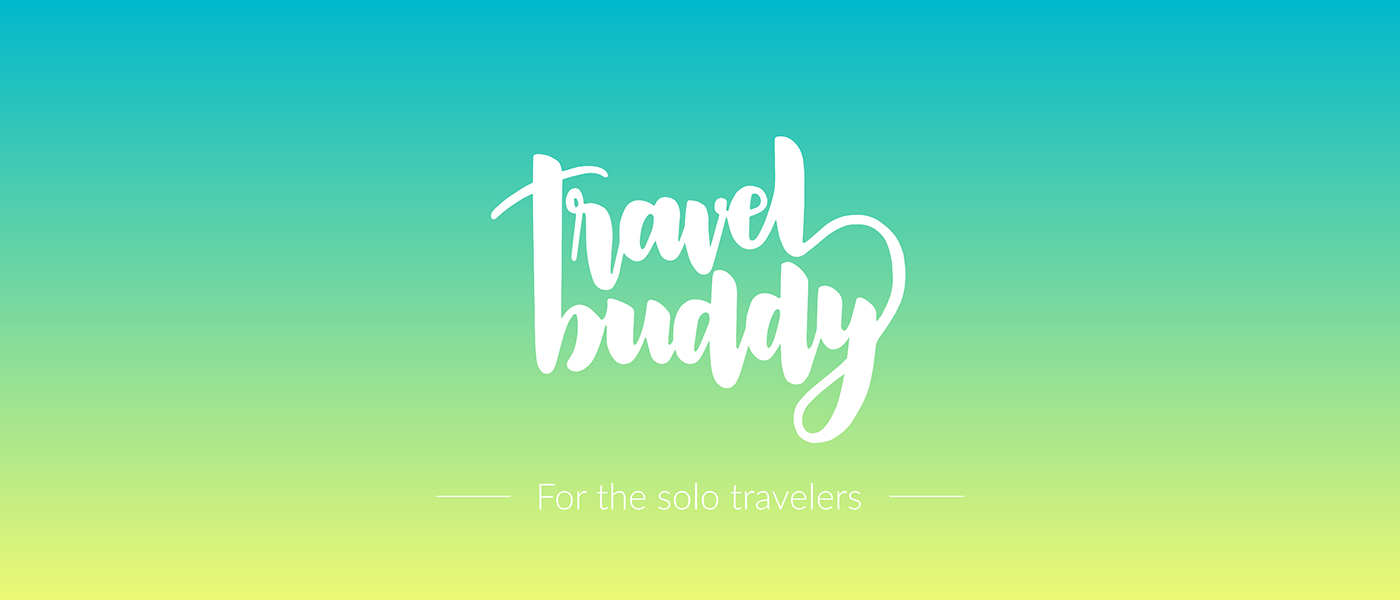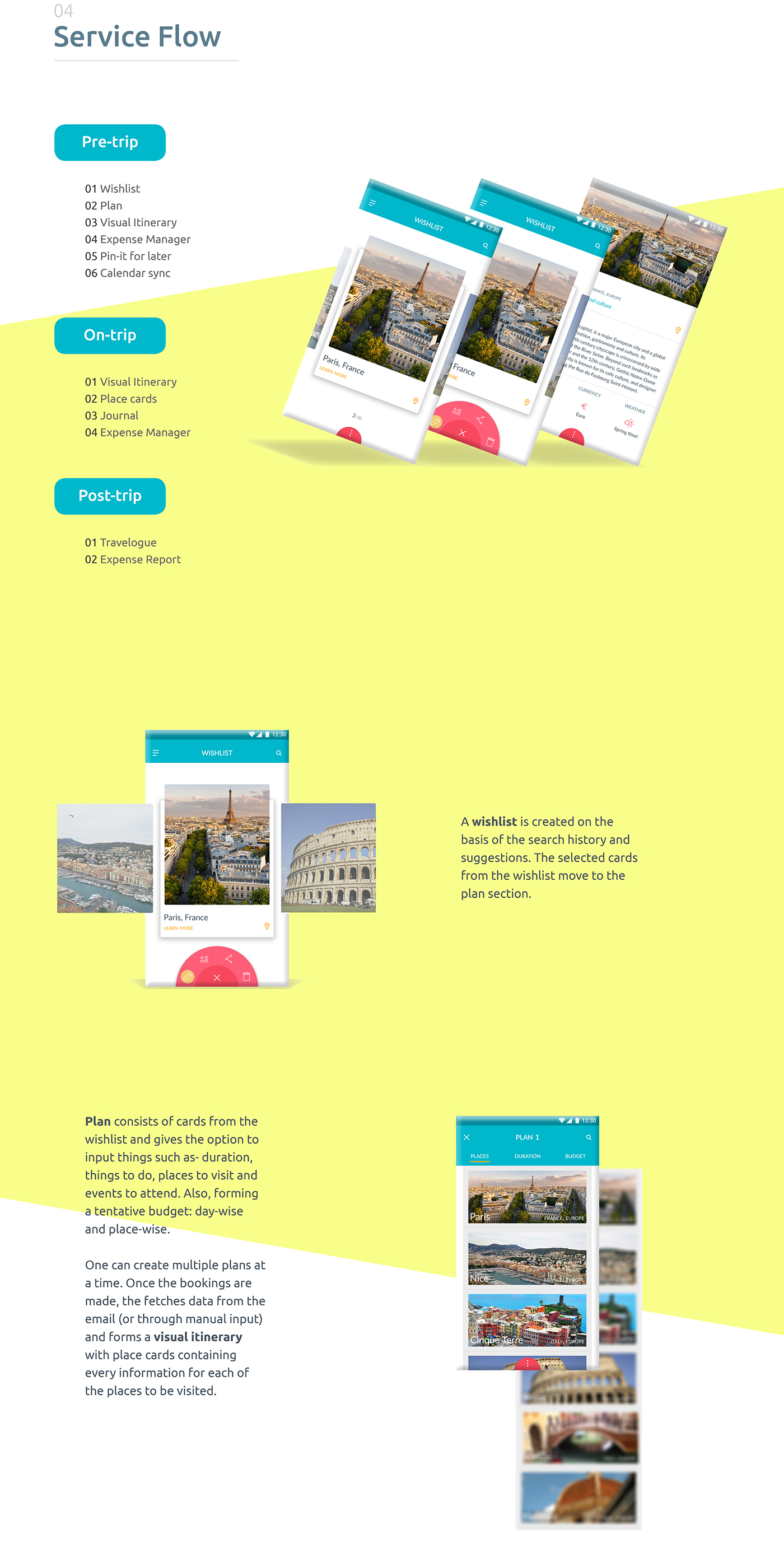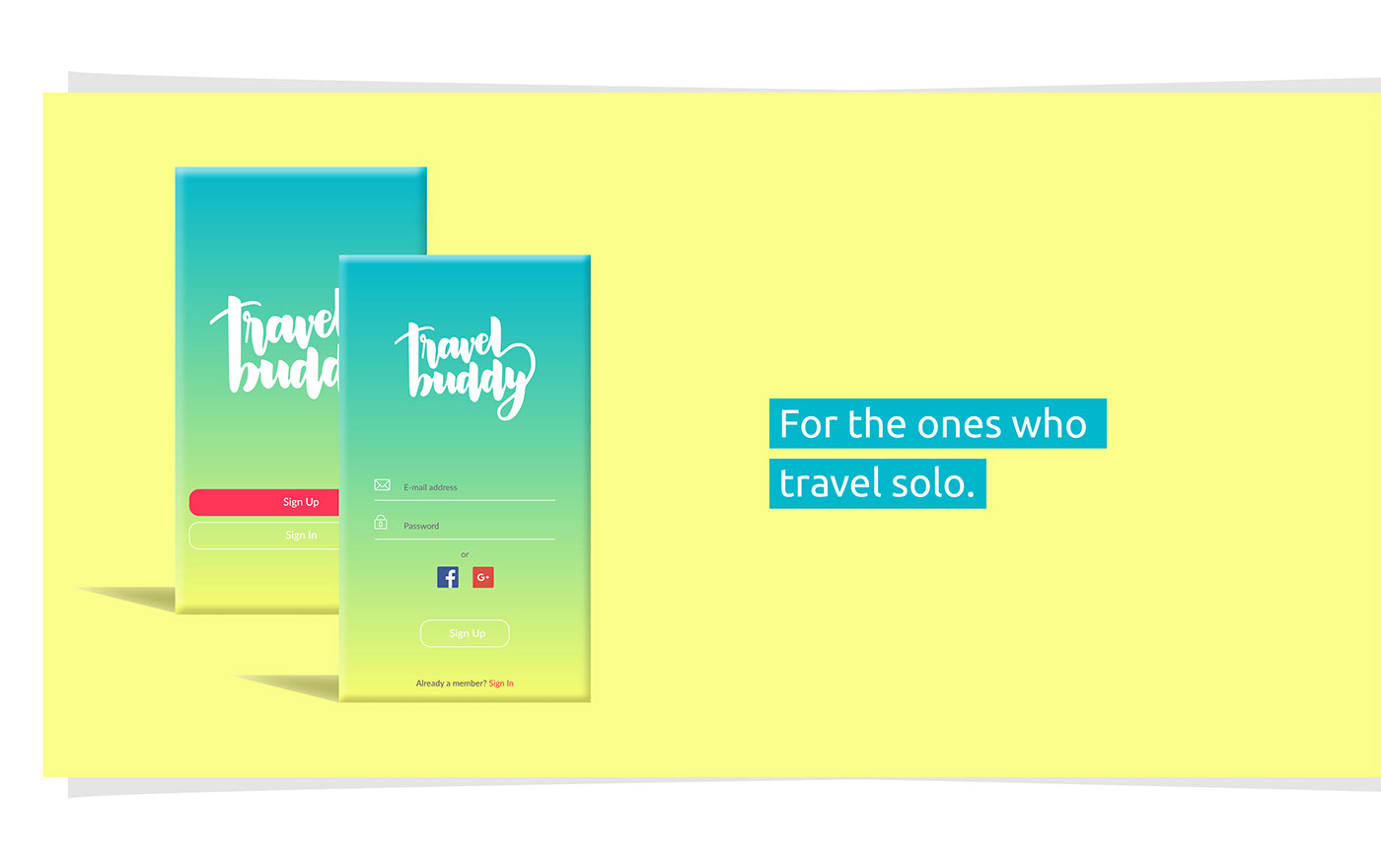
TRAVEL BUDDY
Traveling requires a lot of planning, strategising and organising at various stages. Today there are a lot of applications that help with bookings, reservations, building itineraries, looking for places to go around, events, food, and et al., but there is no one-stop solution to all of these that caters to the need of individual travelers according to their personas and interests.
The idea was to study the various kinds of solo travelers, their pre, on and post travel rituals and habits and, how that varies depending on the place and duration. And then to come up with a mobile application design that makes these tasks easy and the experience a pleasurable one.

According to the report by Amadeus on Future Traveler Tribes 2030, depending on their behavior, preferences and travel rituals, travelers can be categorized into 6 categories. To know more about the traveler tribes and the personas created, click here.
THE DESIGN PROCESS
Since this was an eight week long project, the design process followed was a very thorough and extensive one. Since each of the traveling tribe has different priorities and ways, it was important to understand and recognize the tribe that are most likely to travel solo and so on. After having met and spoken to numerous people who essentially travel solo and, going through various blogs and travel stories, the personas were created.
The next step was to understand their travel needs, the steps that they follow while- planning for a trip, on-trip and once the trip is done. Hence, the tasks were primarily divided into three categories- pre-trip, on-trip and post-trip.

CARD SORTING
The first iteration of user task flow was done using the technique of open card sorting, keeping in mind the characteristics and scenarios with respect to the personas. Different people were invited and were asked to arrange the cards in terms of their personal task flow. There were provided with blank cards as well, just in case they want to add certain task. This eventually led to finding the affinity between the task flow of various user types.

PAPER PROTOTYPING and WIREFRAMING
In human–computer interaction, paper prototyping is a widely used method in the user-centered design process. It helps come with a design that meets the user's expectations and needs. The method was used to understand the primary tasks of the user at any given point of the screen. This led to the formation of the information architecture- defining the primary, secondary and tertiary tasks of the user and their progressive disclosure.
Along with physical interaction with the prototype, the online tool POPapp was used to link the prototype screens with one another giving an initial picture of the information flow.

THE DESIGN LANGUAGE













